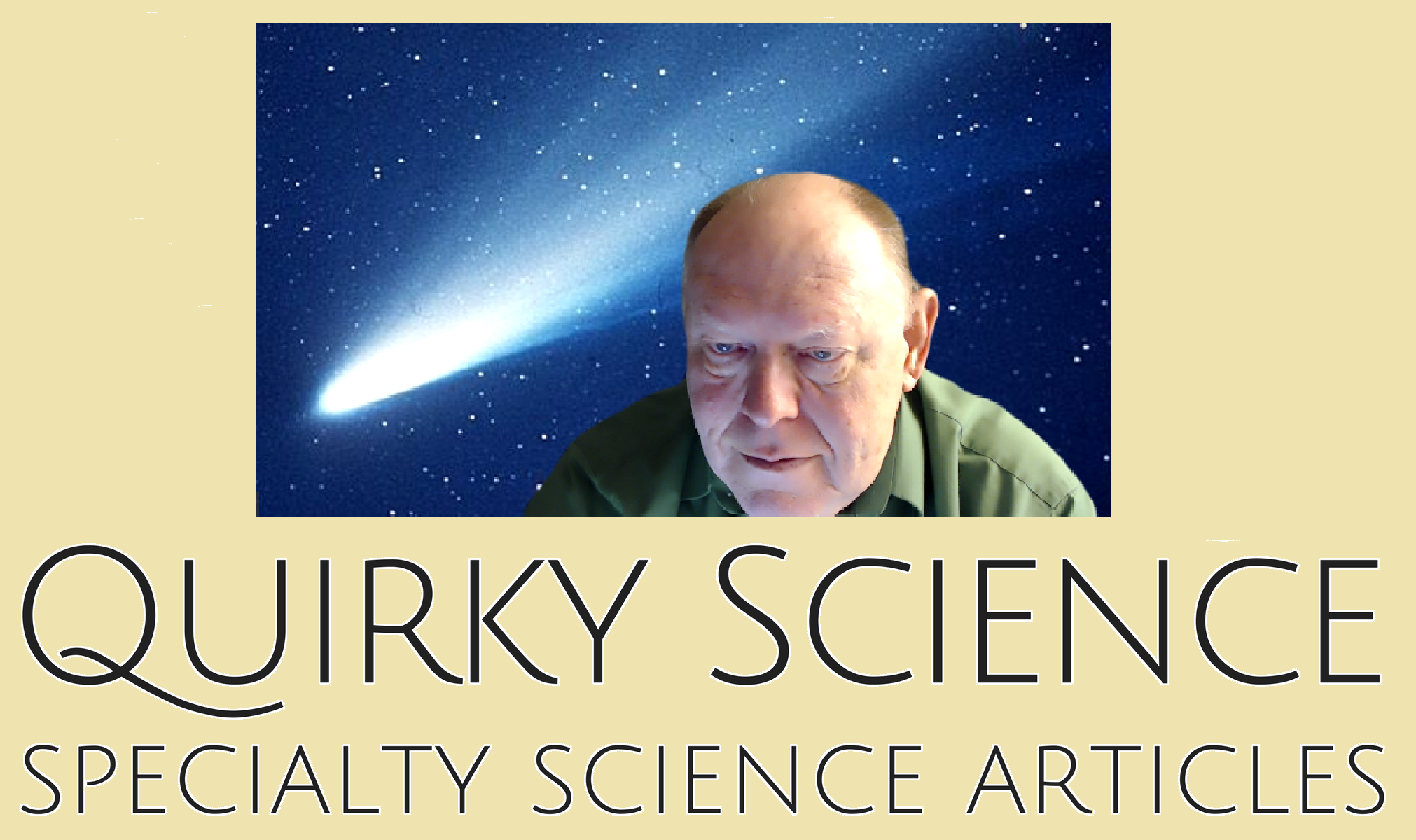Cesium Auride – Relativistic Electrons?
[caption id="attachment_7305" align="alignright" width="440"] Imagine relativistic electrons.[/caption] Strange isn't the word for cesium auride. Gold in liquid form? Indeed, yes! Discovered more than a half century ago, the properties of this cesium and gold compound are not yet fully understood. There are all sorts of curios in chemistry. Chemists love them dearly. I still remember one particularly strange molecule. It was affectionately named hexamethyl bathroom tile. Free Lectures Recently I listened to some free online chemistry lectures. They were produced by MIT under its OpenCourseWare program. One of those lectures spoke of an alloy of cesium and gold that acts like a salt, cesium auride. Key to its forming is the difference in electronegativity between cesium and gold. It is roughly the same as the difference between sodium and iodine!…
